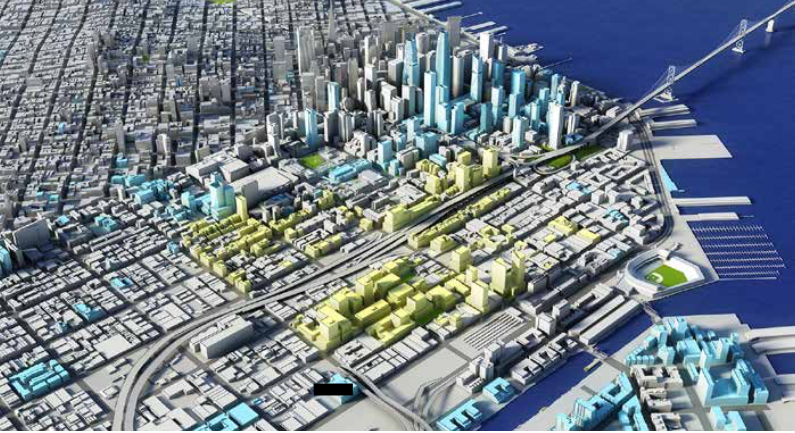If San Francisco wants to continue to grow jobs at the level we’ve seen for the past decade, the city will need to spend $20 billion over the next 20 years to provide enough affordable housing for the workforce, a new study shows.
And nobody in the Mayor’s Office or the Planning Department has any clue where that money would come from.

In fact, to accommodate the sort of job expansion that the city has encouraged and promoted for decades, another 100,000 housing units—a 25 percent increase in the current stock—will have to be built, the report shows.
The Jobs-Housing Fit report, which the Planning Department presented to the Board of Supes Land Use and Transportation Committee meeting today, is the result of efforts by Sup. Gordon Mar to make sure that policy makers know the impacts of future development.
And it’s profound.
Let’s stipulate, as the planners admit, that all of the economic assumptions that guided this may be completely wrong. Nobody knows what job growth is actually going to happen in San Francisco over the next 20 years.
The planners used information like new office building applications, but those may never be built. The report ignored other types of job growth, like gig work, retail, and related services.
As the Council of Community Housing Organizations noted,
This JHF assumes mostly Office growth and leaves out projections for Retail, hotel, PDR and arts uses, reducing the projected need for affordable housing. Some of the Area Plans and Major Projects listed in the Jobs-Housing Fit analysis also seem to show significantly less retail, hotel, and PDR and arts uses than contemplated in the EIRs for those area plans and projects.
In other words: The shortfall in affordable housing could be worse than the city suggests.
But the data is clear: San Francisco would need to spend $1 billion a year on new affordable housing to keep up with projected growth trends.
The report looked at how many new affordable units would need to be built, and the projected subsidy for those units, and the number was pretty dramatic.
And private developers would have to build housing at a level that has never been seen in modern times to meet the market-rate demand.
Even then, the numbers are fuzzy; as Sup. Dean Preston noted, the study combines all housing aimed at households earning more than 120 percent of area median income as “market rate.” But much of the luxury housing that is being built is only affordable to a small sector of that group at the very high end.
The city is radically short of housing for middle-class households who earn too much for subsidized housing but can’t afford market-rate property, the study shows.
That’s a huge problem, since private developers will never build housing for that group; the return on investment isn’t high enough.
The unmistakable message: the city needs to pay much more attention to the housing impacts of commercial growth. “Every staff report for a large project should see what the impacts are toward our [housing] goals,” Fernando Marti, co-director of the Council of Community Housing Organizations, told the committee.
Preston asked the Planning Department staff how the city could pay for the new affordable housing; they had no answer, and referred the question to a representative of the Mayor’s Office of Housing and Community Development, who had apparently left the online meeting and didn’t answer.
Sup. Myrna Melgar noted that “the preservation of existing workers in their housing units” was not addressed in the report. “It’s clear that the jobs we are adding are at the high end of the spectrum,” she said. “we need to have an eye on who we are displacing with jobs policy.”
Yes indeed. For most of the past 40 years that I have been reporting on city planning policy, the Mayor’s Office and the Planning Department have paid zero attention to who would be displaced by economic development policy.
Now, it’s far too expensive to ignore.




